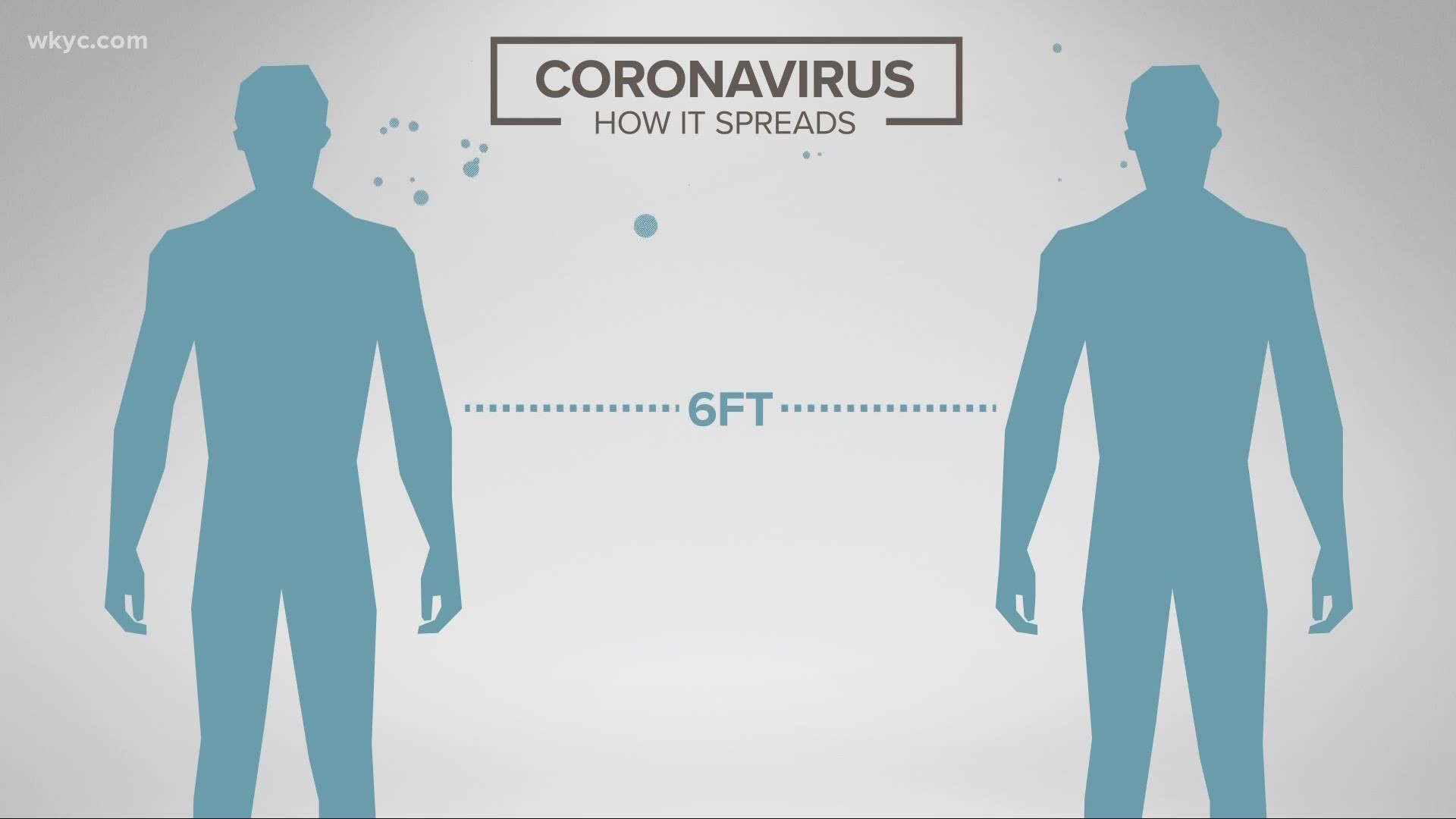CLEVELAND — When COVID-19 initially appeared, it was well, virulent, meaning it spread rapidly and caused severe and destructive disease. Then it did what viruses do, started to change its behavior just a bit.
"The virus was mutating in a way that was becoming less severe but as a result more transmissable," says Cleveland Clinic Pediatric Infectious Disease specialist, Dr. Frank Esper.
More contagious, slightly less deadly helps the virus continue its rampage. Some research indicates about two mutations a month and a more than a dozen variants around the world.
"Think of it like velcro, if you have a bunch of pieces of velcro sticking together and you remove a couple of them, certainly it would weaken the velcro still likely going to work and that's the data we've seen so far with some of these variants," says Dr. Peter Mohler, Chief Scientific Officer from Ohio State University Wexner Medical Center, and co-author of the study.
So no surprise that researchers at Ohio State found one specific to cases in Columbus, and another similar to the UK variant. But will the vaccine still work?
"'We're not ready to overreact we want to make sure that we study these in the lab, that we get really good data and so far we know that our vaccines are very likely effective against this variant as well but it's important that we keep our eye on these," Dr. Mohler said.
More COVID-19 coverage:
- US COVID-19 deaths hit another one-day high at over 4,300
- COVID-19 in Ohio: State reports 6,701 new cases in last 24 hours
- Drive-through COVID-19 vaccinations administered at Cuyahoga County Fairgrounds: See who's eligible
- Gov. Mike DeWine lays out plan to begin giving COVID-19 vaccine for those Ohioans age 80 and older

